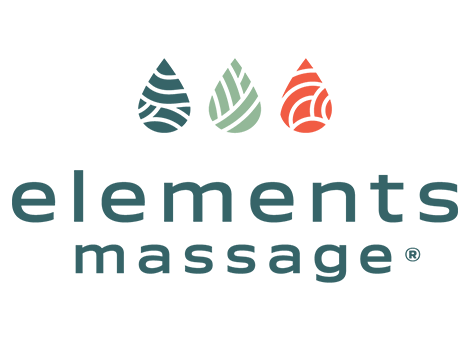The human body continuously generates metabolic waste products as a byproduct of cellular metabolism. The efficient removal of these waste materials is crucial for maintaining tissue health and overall physiological balance. Accumulation of metabolic wastes, such as lactic acid in muscles after intense physical activity, can contribute to soreness, stiffness, and reduced performance. Massage therapy has been increasingly recognized for its effectiveness in accelerating the elimination of metabolic waste from the body, thereby supporting recovery and enhancing physical well-being.
Mechanisms Through Which Massage Therapy Facilitates Waste Elimination
-
Enhanced Circulation: Massage therapy promotes increased blood flow to treated areas. This enhanced circulation is pivotal in delivering fresh nutrients and oxygen to tissues while simultaneously removing metabolic waste products from cells more efficiently. Improved blood flow aids in the quicker elimination of waste like carbon dioxide and lactic acid, contributing to faster recovery and reduced muscle soreness (Field, 2014).
-
Stimulation of the Lymphatic System: The lymphatic system plays a critical role in the body's waste removal process. Massage techniques can stimulate lymph flow, enhancing the body's natural detoxification processes. This stimulation helps in draining excess fluids and metabolic wastes from muscle tissues and into the venous circulation, from where they can be processed and excreted (Field, 2016).
-
Reduction in Muscle Tension: Tense muscles can constrict blood vessels, impairing the flow of blood and lymph. By reducing muscle tension, massage therapy can restore normal circulation and lymphatic flow, facilitating the removal of metabolic wastes accumulated in tissues (Weerapong, Hume, & Kolt, 2005).
-
Promotion of Relaxation: Stress and physical tension can hinder the body's natural processes, including the elimination of waste products. By promoting relaxation and reducing stress, massage therapy can indirectly support the body's detoxification processes, allowing for more efficient waste elimination (Moraska et al., 2008).
Scientific Evidence on Massage and Metabolic Waste Elimination
Several studies have illustrated the benefits of massage therapy in promoting the elimination of metabolic waste. For example, research by Crane et al. (2012) demonstrated that massage therapy attenuates inflammatory signaling after exercise-induced muscle damage, suggesting a role in the enhanced removal of metabolic byproducts that contribute to inflammation.
Furthermore, a study by Hinds, McEwan, and Perkes (2004) found that massage therapy significantly reduced blood lactate levels following strenuous exercise, indicating accelerated removal of lactic acid from muscles, which is a key factor in recovery and the prevention of muscle soreness.
Conclusion
Massage therapy serves as a beneficial adjunct to physical activities and rehabilitation programs by accelerating the elimination of metabolic wastes. Through mechanisms such as enhanced circulation, stimulation of the lymphatic system, reduction of muscle tension, and promotion of relaxation, massage therapy can contribute to improved tissue health, faster recovery from physical exertion, and overall well-being. As research in this area continues to evolve, the understanding and application of massage therapy in promoting metabolic waste elimination will likely expand, offering further insights into its therapeutic benefits.
References
- Crane, J. D., Ogborn, D. I., Cupido, C., Melov, S., Hubbard, A., Bourgeois, J. M., & Tarnopolsky, M. A. (2012). Massage therapy attenuates inflammatory signaling after exercise-induced muscle damage. Science Translational Medicine, 4(119), 119ra13.
- Field, T. (2014). Massage therapy research review. Complementary Therapies in Clinical Practice, 20(4), 224-229.
- Field, T. (2016). Massage therapy research review. Complementary Therapies in Clinical Practice, 24, 19-31.
- Hinds, T., McEwan, I., & Perkes, J. (2004). Effects of massage on limb and skin blood flow after quadriceps exercise. Medicine & Science in Sports & Exercise, 36(9), 1308-1313.
- Moraska, A., Pollini, R. A., Boulanger, K., Brooks, M. Z., & Teitlebaum, L. (2008). Physiological adjustments to stress measures following massage therapy: a review of the literature. Evidence-Based Complementary and Alternative Medicine, 7(4), 409-418.
- Weerapong, P., Hume, P. A., & Kolt, G. S. (2005). The mechanisms of massage and effects on performance, muscle recovery and injury prevention. Sports Medicine, 35(3), 235-256.

